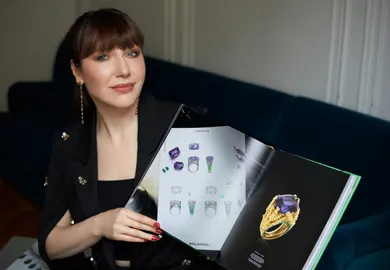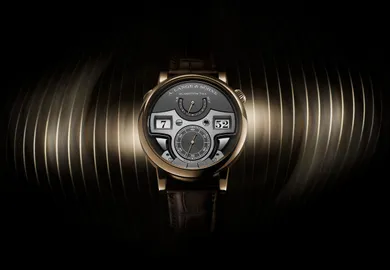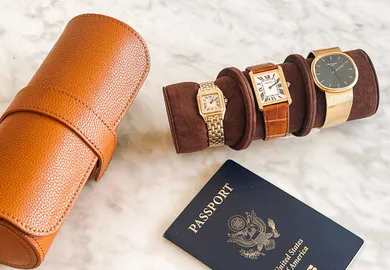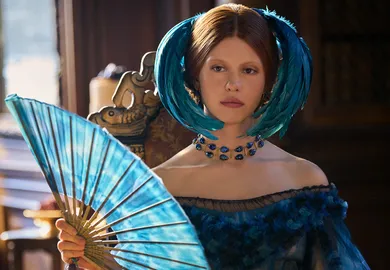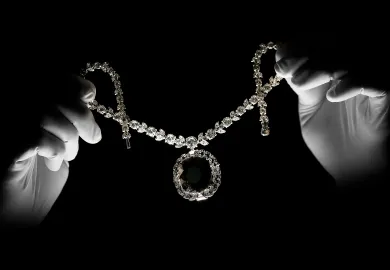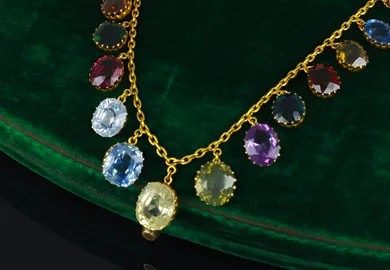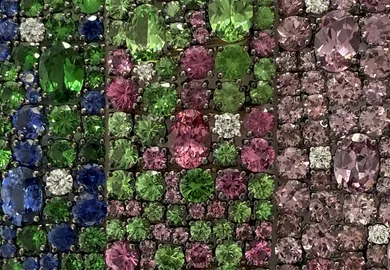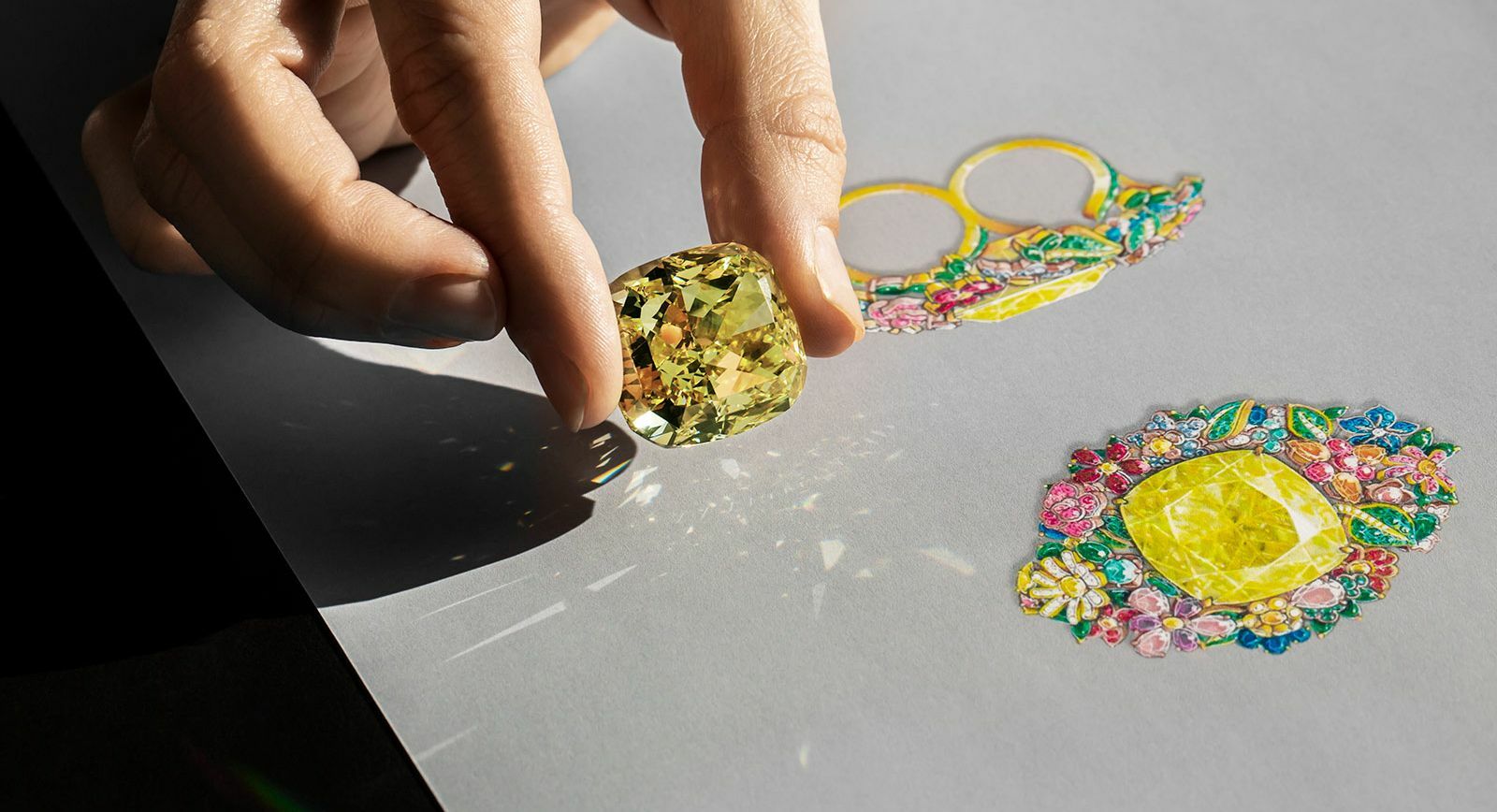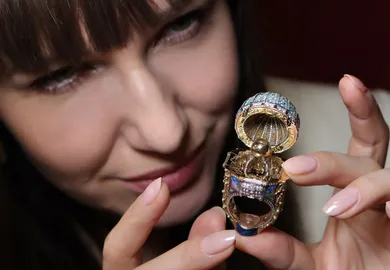
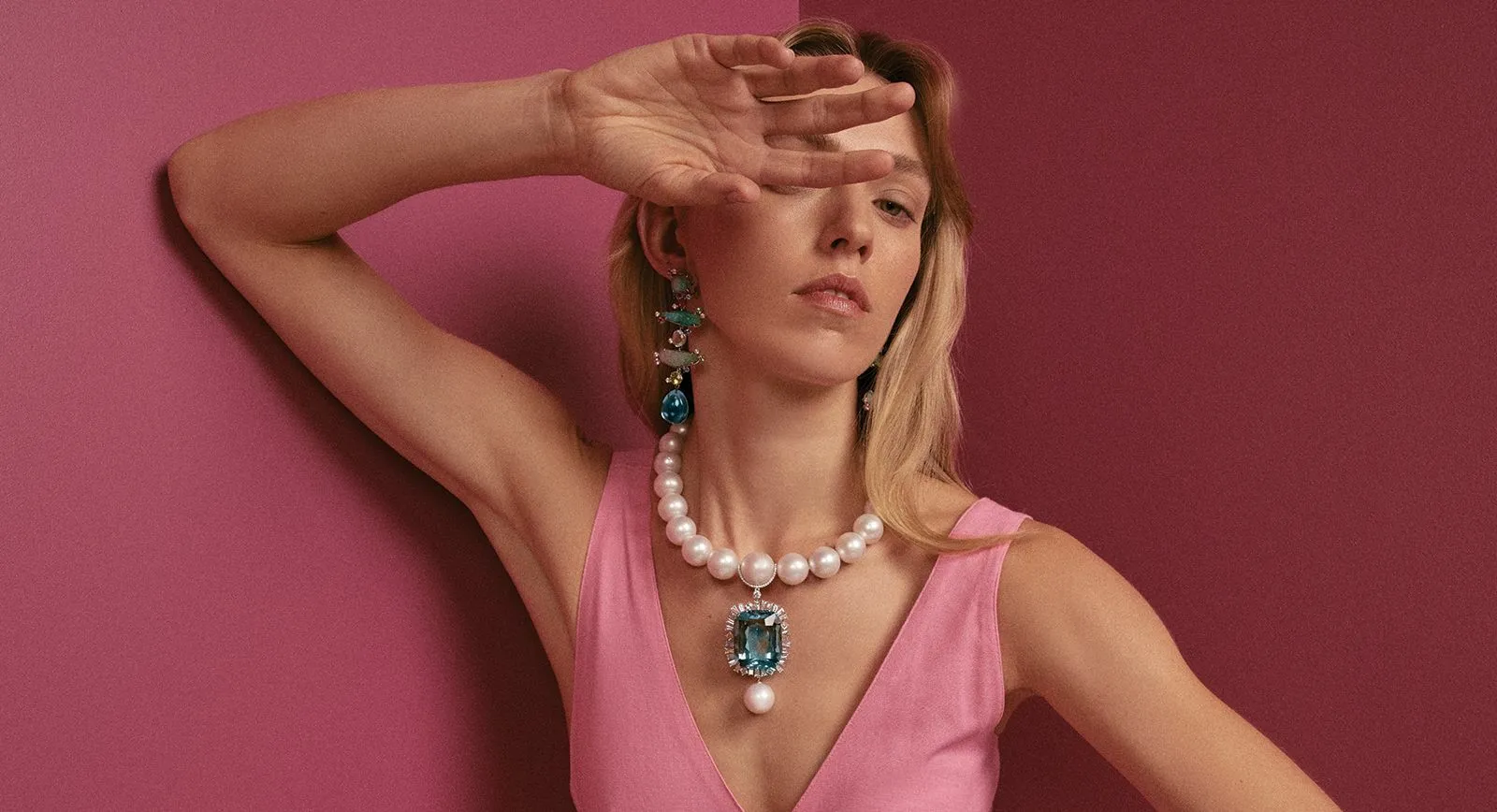
Standing Out: What Does ‘Statement Jewellery’ Really Mean?
The term ‘statement jewellery’ is having a moment right now thanks to the proliferation of oversized earrings, neck-hugging chokers, and double whammy cuffs on the SS22 runways. But what does statement jewellery actually mean? Does it simply mean a creation that’s boldly proportioned or is there more to it? Let me give you my view on what jewellery can be considered a statement maker…
Art is subjective and jewellery art is no different. What one person considers elegant and diminutive, another may deem too ostentatious for their tastes. I have been considering this recently with the current trend for ‘statement jewellery’. In fact, the shift towards striking pieces has been so evident this season I called my article on the matter ‘Big, Bold and Beautiful Jewels’. Even when assessing the trend for chokers, it was quickly apparent that delicate lines weren’t going to cut it… the season’s neckwear covers almost the entire throat! Deciphering what the world of jewellery means by ‘statement’ is covered below and I am very interested to know if you agree with my assessment.
This story is available to Katerina Perez Club members.
Monthly access
Unlock Club features
£15/month
Billed monthly. Cancel anytime*
Annual access
Unlock Club Features
and save 13% on membership
£13/month
Billed annualy. Cancel any time*
All Membership Features
- Access to exclusive articles
- Daily bite-size news in Jewellery Chronicles
- Jewellery Calendar of events across the globe
- Curated list of articles from 50 other platforms
- Invites to online and offline KP Club events
- Receive Monthly Newsletter
- Save articles and Images into favourites
Already have an Account?
